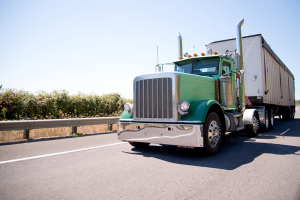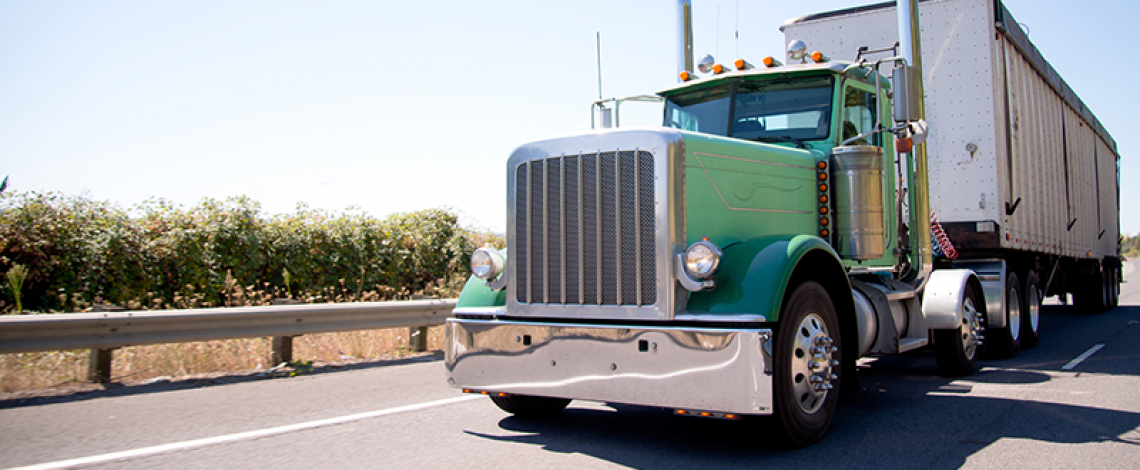 The shipping industry handles 90% of the world’s trade. In the U.S. alone, more than 49 million tons gets exported daily. Yet, outsiders know very little about the industry.
The shipping industry handles 90% of the world’s trade. In the U.S. alone, more than 49 million tons gets exported daily. Yet, outsiders know very little about the industry.
If you’re a business owner, you’re familiar with basic logistics terms like consolidated shipments and how to write a bill of lading. But how much do you know about break bulk cargo?
We’re going to go over the pros and cons of break bulk shipping, so you’ll be in the best position possible to know if it’s beneficial to your business.
What is Break Bulk?
Before you know if break bulk shipping is the best option for your business, you need to understand what it is.
First, there are five types of cargo:
- Container
- Liquid Bulk
- Dry Bulk
- Break Bulk
- Ro-ro
Each category has its own set of codes for international shipping purposes. This is important for tariffs, taxes, and international trade laws.
The differences between them are more than codes. Each one classifies specific goods in a straight-forward terminology.
Container shipping handles everyday goods like TVs, clothing, computers, toys, and so forth. These goods get packed inside a shipping container.
Liquid bulk is crude oil, vegetable oil, wine, and other liquids. The liquids ship in big tankers across the world.
Dry bulk refers to sugar, salt, sand, cement, grain, etc. They’re transported in the hold of a ship.
Break bulk (sometimes called “breakbulk”) is cargo or goods that are too big to fit inside of a container. Examples of break bulk are wood, rolls of steel, and parts of wind turbines. These goods get put on racks or pallets and loaded by cranes.
Ro-ro stands for “roll on/roll off.” This means vehicles and large equipment get loaded and unloaded by rolling on and off the vessel.
Containers Vs. Break Bulk
You may be thinking, “Why can’t I put rebar in a container?” You can. But you may not want to.
Shipping goods in containers is a streamlined process. You load a container, it moves onto a ship, then the ship arrives at port. From there, container gets offloaded and heads to a warehouse or is cross-docked.
The typical sizes of a container are 20 feet or 40 feet. Some containers have different features like an open top or they’re refrigerated, depending on what goods are shipping.
Getting quotes is hassle-free as well. You tell the logistics company how full the container is and where it’s going and they provide a quote.
Break bulk is the earliest form of shipping. When goods started getting transported across the globe by cargo ships, they got loaded and offloaded one at a time.
Shipworkers divided the ship into sections and goods got placed in their designated areas. Bags of grain, crates, and barrels shipped on the same cargo vessel but workers kept them apart.
In the 1960’s, this began to change as containers took over the industry. Ships got bigger and carried more containers. Coupled with technology advancements, the process got streamlined.
Today, break bulk is for items that can’t fit inside containers or it makes sense for them not to pack inside of one.
Benefits of Break Bulk
It may not sound like there’s a lot of pros to break bulk shipping, but there are many. The obvious benefit is the ability to ship oversized goods without breaking them down into smaller shipments.
For example, if Company A orders large construction equipment from overseas, the equipment can ship in one piece. The alternative is that the machinery gets disassembled and shipped in a container.
In this case, Company A pays for the machinery to get disassembled, packed, shipped, offloaded, delivered, and re-assembled. If it’s shipped break bulk, it loads, offloads, and gets delivered.
Another benefit is break bulk cargo can arrive at the majority of ports in the world. Not all ports are modern enough for shipping and receiving containers.
Hazardous materials with proper paperwork ship break bulk because they have to stay separate from other goods on the ship.
This means that underdeveloped countries can receive goods and supplies they need for survival. Turbine and generator companies can ship their equipment anywhere in the world without having to dismantle it.
The paperwork process is also easier with break bulk cargo. Because containers carry a variety of goods, there are several bills of lading per container. In break bulk, one bill of lading handles the shipment.
Drawbacks of Break Bulk
Break bulk shipping can be more expensive than containerization. Oversized or overweight cargo takes up more space on a freighter than goods that get stacked on top of each other.
It also costs more in labor. In most cases, break bulk cargo requires more longshoremen than a shipping container does. In some cases, specialized warehouses need to store the break bulk.
Like warehouses, ships and ports also need special equipment to move break bulk cargo.
There are security and safety issues with break bulk cargo. Break bulk goods get bagged, strapped, or bundled for shipping. These things can break, allowing the shipment to get damaged, stolen, or injure someone.
Break bulk also has a disadvantage when it comes to certain food items. Some food needs to ship in temperature-controlled spaces or refrigerated ships. This is common in container shipping but next to impossible in break bulk.
What is Break-of-Bulk Point?
Break-of-bulk point (or a break-in-bulk point) is a location where the cargo switches from one mode of transportation to another. These are usually ports or airports. Break bulk cargo comes into a port then gets transported by another mode to its destination.
We Deliver at the Speed of Now
Now that you’re in a better position to know if break bulk is a shipping option for you, you need to find the right shipping company to get it done right.
Need It Now Delivers! provides many services for international shipping like warehousing, import/export deconsolidation, and even same-day delivery.
Visit our services page to find the solution that works best for your business or contact us today for your free quote.



